How to Choose Training Room Tables and Chairs When Updating the Design or Furniture
How to Choose Tables and Chairs When You Are Designing or Updating an Office Training Room
When you are furnishing a new training room, it is important to consider the needs of your team. Depending on the size of your office and the number of people you typically host in training sessions, you’ll want to choose a layout and furniture that are both functional and fit people comfortably. There is a lot of pressure to make the most out of office space and keep overhead low, so it’s important to think about the multiple purposes that your training room could serve. Choosing furniture that accommodates flexibility lets your business get the most out of your training room space. Explore our training room furniture, as well as our detailed buyer’s guide, below.
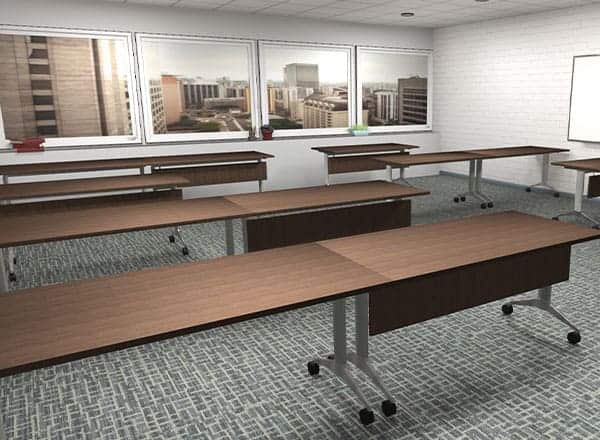
Shop Training Room Furniture
- Sale!
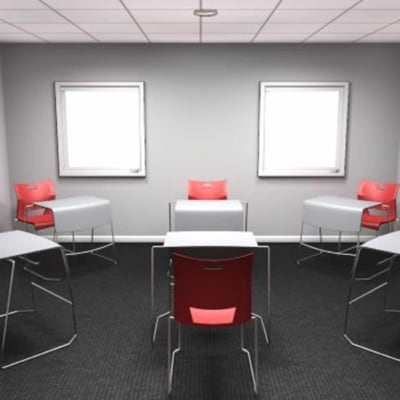 Original price was: $ 583.00.$ 315.00Current price is: $ 315.00.
Original price was: $ 583.00.$ 315.00Current price is: $ 315.00. - Sale!

Height Adjustable Training Room Tables
Original price was: $ 1,268.00.$ 509.00Current price is: $ 509.00. - Sale!
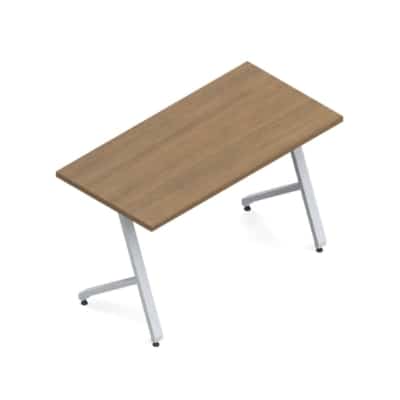
Global Junction Training Room Table
Original price was: $ 1,267.00.$ 685.00Current price is: $ 685.00. - Sale!
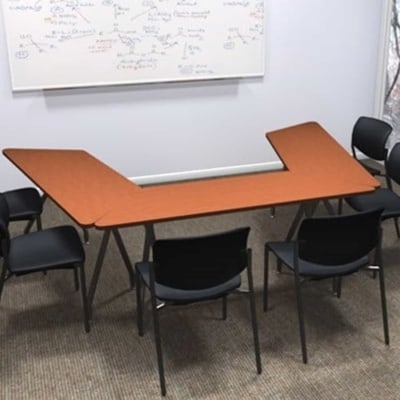 Original price was: $ 1,264.00.$ 685.00Current price is: $ 685.00.
Original price was: $ 1,264.00.$ 685.00Current price is: $ 685.00. - Sale!
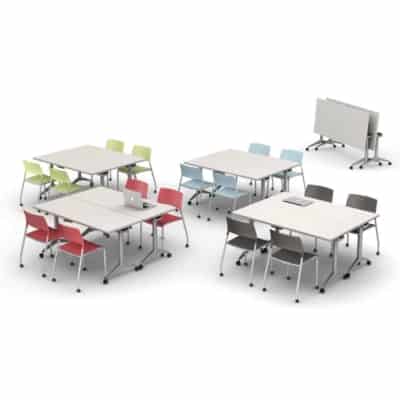 Original price was: $ 1,665.00.$ 725.00Current price is: $ 725.00.
Original price was: $ 1,665.00.$ 725.00Current price is: $ 725.00. - Sale!
 Original price was: $ 1,118.00.$ 745.00Current price is: $ 745.00.
Original price was: $ 1,118.00.$ 745.00Current price is: $ 745.00. - Sale!
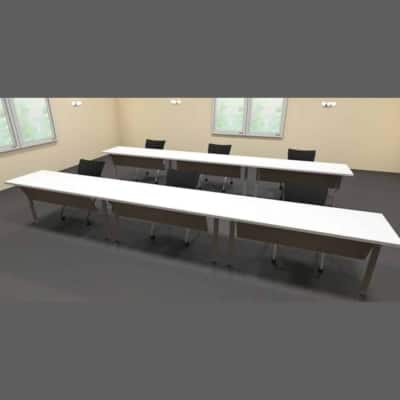 Original price was: $ 1,563.00.$ 845.00Current price is: $ 845.00.
Original price was: $ 1,563.00.$ 845.00Current price is: $ 845.00. - Sale!
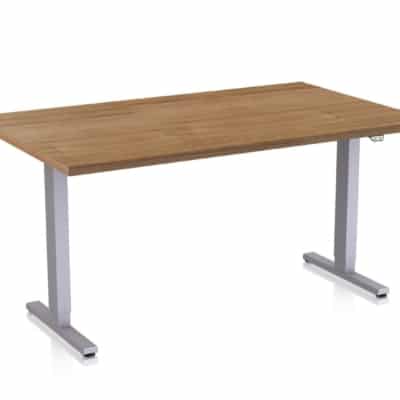
Liberty Height Adjustable Table #372
Original price was: $ 1,575.00.$ 889.00Current price is: $ 889.00. - Sale!
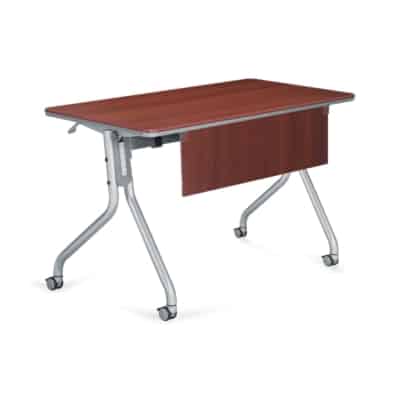 Original price was: $ 1,756.00.$ 949.00Current price is: $ 949.00.
Original price was: $ 1,756.00.$ 949.00Current price is: $ 949.00. - Sale!
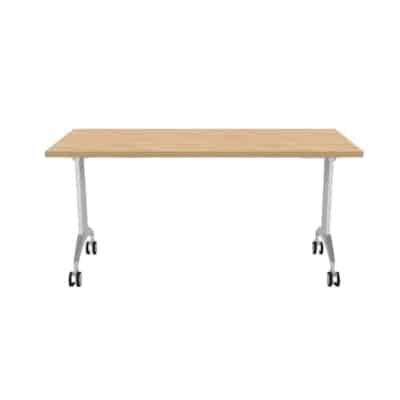
Special T Link Flip and Nest Table
Original price was: $ 1,652.00.$ 995.00Current price is: $ 995.00. - Sale!
 Original price was: $ 1,907.00.$ 1,029.00Current price is: $ 1,029.00.
Original price was: $ 1,907.00.$ 1,029.00Current price is: $ 1,029.00. - Sale!

Special T Link Flip and Nest Table 30
Original price was: $ 1,788.00.$ 1,055.00Current price is: $ 1,055.00. - Sale!
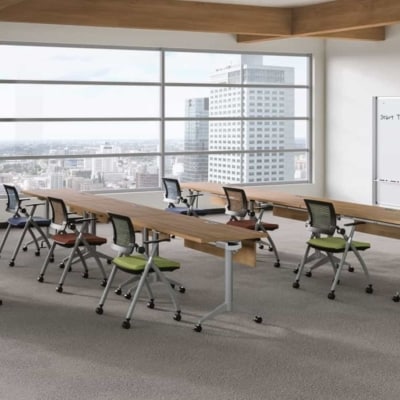
Day to Day Training Room Table
Original price was: $ 2,642.00.$ 1,149.00Current price is: $ 1,149.00. - Sale!
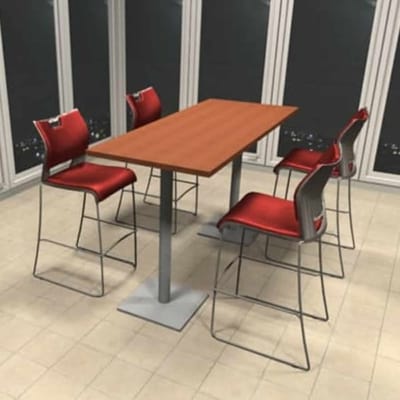 Original price was: $ 2,197.00.$ 1,252.00Current price is: $ 1,252.00.
Original price was: $ 2,197.00.$ 1,252.00Current price is: $ 1,252.00. - Sale!
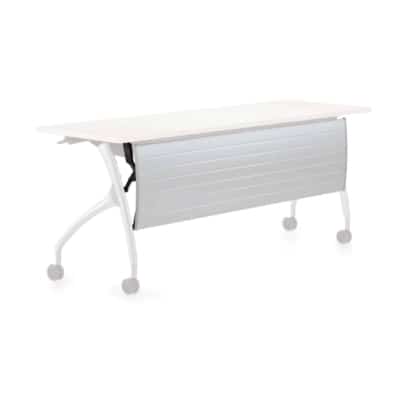 Original price was: $ 2,394.00.$ 1,295.00Current price is: $ 1,295.00.
Original price was: $ 2,394.00.$ 1,295.00Current price is: $ 1,295.00. - Sale!
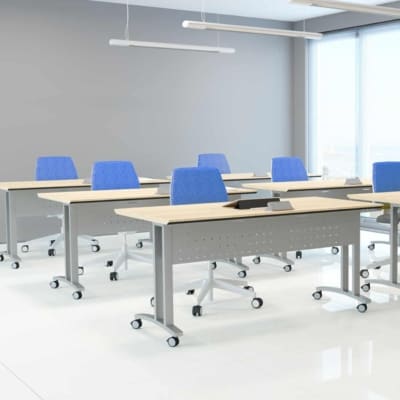 Original price was: $ 2,121.00.$ 1,332.00Current price is: $ 1,332.00.
Original price was: $ 2,121.00.$ 1,332.00Current price is: $ 1,332.00.
Training Room Buyer’s Guide
The Purpose of the Training Room
The primary purpose of a training room in an office is to provide space for employee training and development. Within the training and development sphere there are a number of different purposes that a training room serves. Beyond those training and development purposes, a training room can serve other functions when training isn’t scheduled, including team collaboration, individual work, and various meeting types.
First, let’s explore the different types of training that might occur in the office.
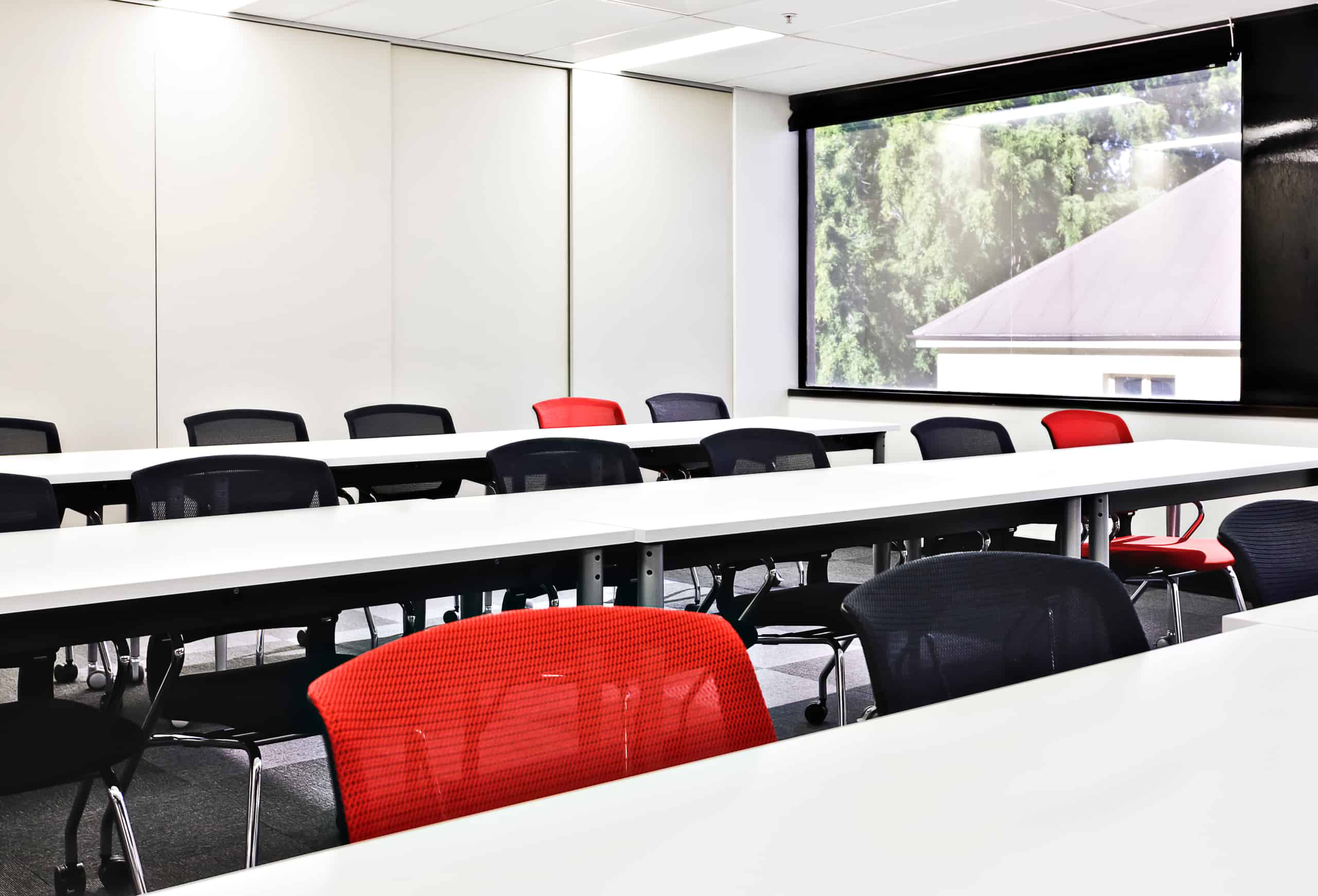
Education and Skill Development:
Training rooms are used to educate employees, enhance their skills, and update them on industry best practices, new technologies, and company-specific procedures. Education and skill development help employees perform their jobs more effectively.
Compliance and Safety Training:
Many industries have strict compliance and safety regulations. This type of training ensures that employees understand and adhere to those industry regulations, helping to reduce risks and maintain a safe work environment.
Technology Training:
As technology evolves, training rooms are essential spaces for teaching employees how to use new software, hardware, and digital tools, including training focused on office-productivity software, industry-specific software, and more.
Onboarding:
New employees often go through orientation and onboarding in a training room. They receive information about company policies, culture, and their individual job responsibilities.
Soft Skills Training:
Training rooms provide a controlled environment for employees to work on interpersonal skills, including communication, teamwork, and conflict-resolution skills.
Team Building:
Some companies use training rooms for team-building activities and exercises that increase and improve cooperation and collaboration among employees.
Professional Development:
Companies use training rooms for workshops, seminars, and courses that focus on professional development. These programs can cover leadership skills, communication, problem-solving, and more.
Product Training:
Companies often use training rooms to educate employees about the company’s products and services. This training is particularly important in sales and customer-service roles.
Meetings and Workshops:
Aside from formal training sessions, training rooms are used for department meetings, brainstorming sessions, and workshops that require a quiet and dedicated space.

Training Room Design and Layout
There are a number of different ways to lay out a training room. Each design lends itself to different training variables, including group size, lecture vs. discussion, and reliance on a screen to present training materials. Here are the most common training room designs:
Classroom Layout
A traditional classroom layout has rows of tables and chairs all facing the front of the room, just like the typical school classroom. This often means rectangular tables that seat between two and four people side-by-side. The classroom layout lends itself to larger businesses, as it accommodates larger-group training in a lecture format. This layout also offers flexibility, allowing for the larger group to break out into smaller groups as needed.
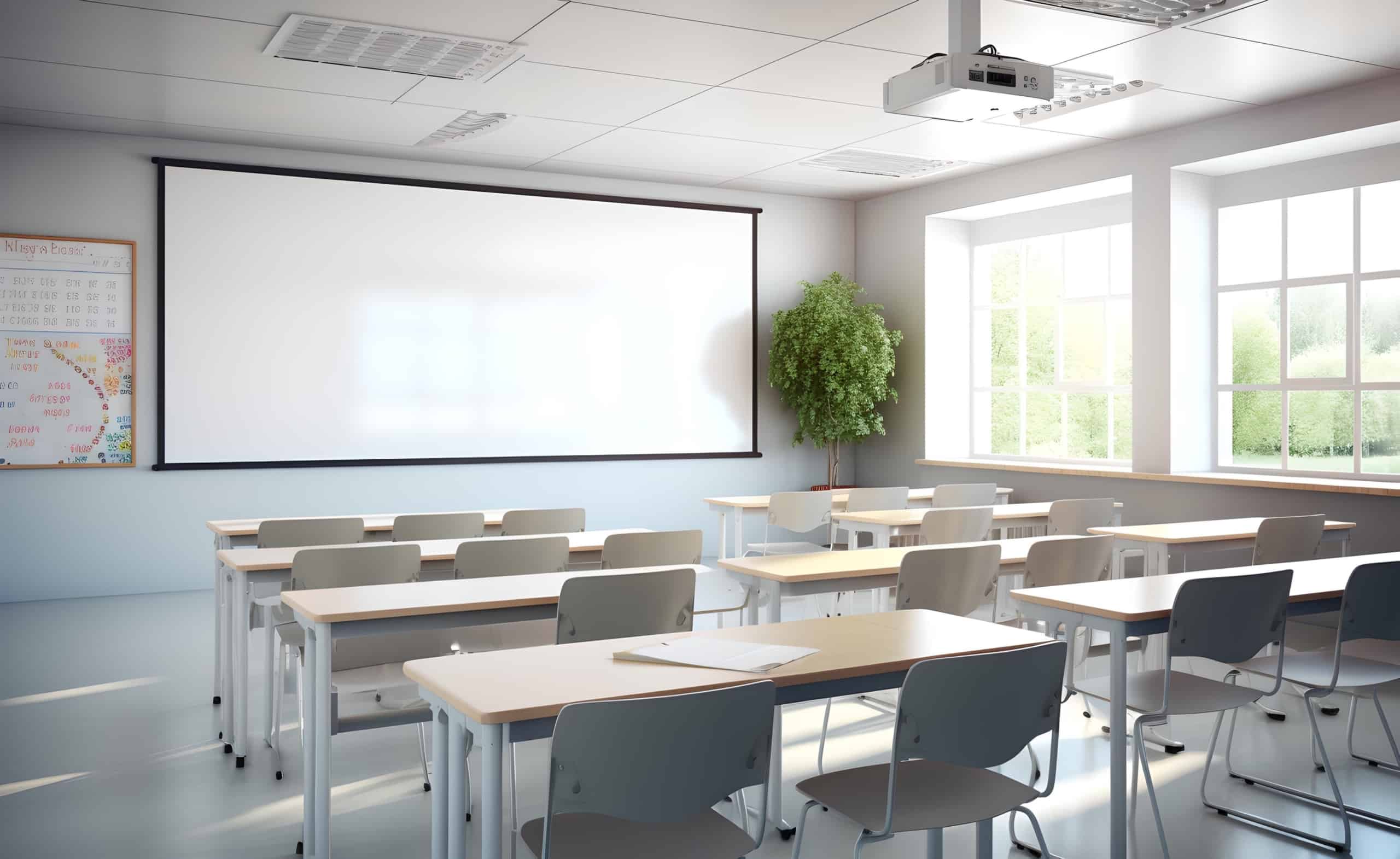
U-Shaped or Conference Layout
In this layout, the desks and chairs are arranged in a “U” shape. The trainer has the option of standing at the front (where the “U” is open) or in the middle of the group. Collaboration and discussion within the group is easier with this layout, yet the layout maintains the option of using a screen. The U-shape layout is best for smaller groups, as it does not accommodate larger groups well.
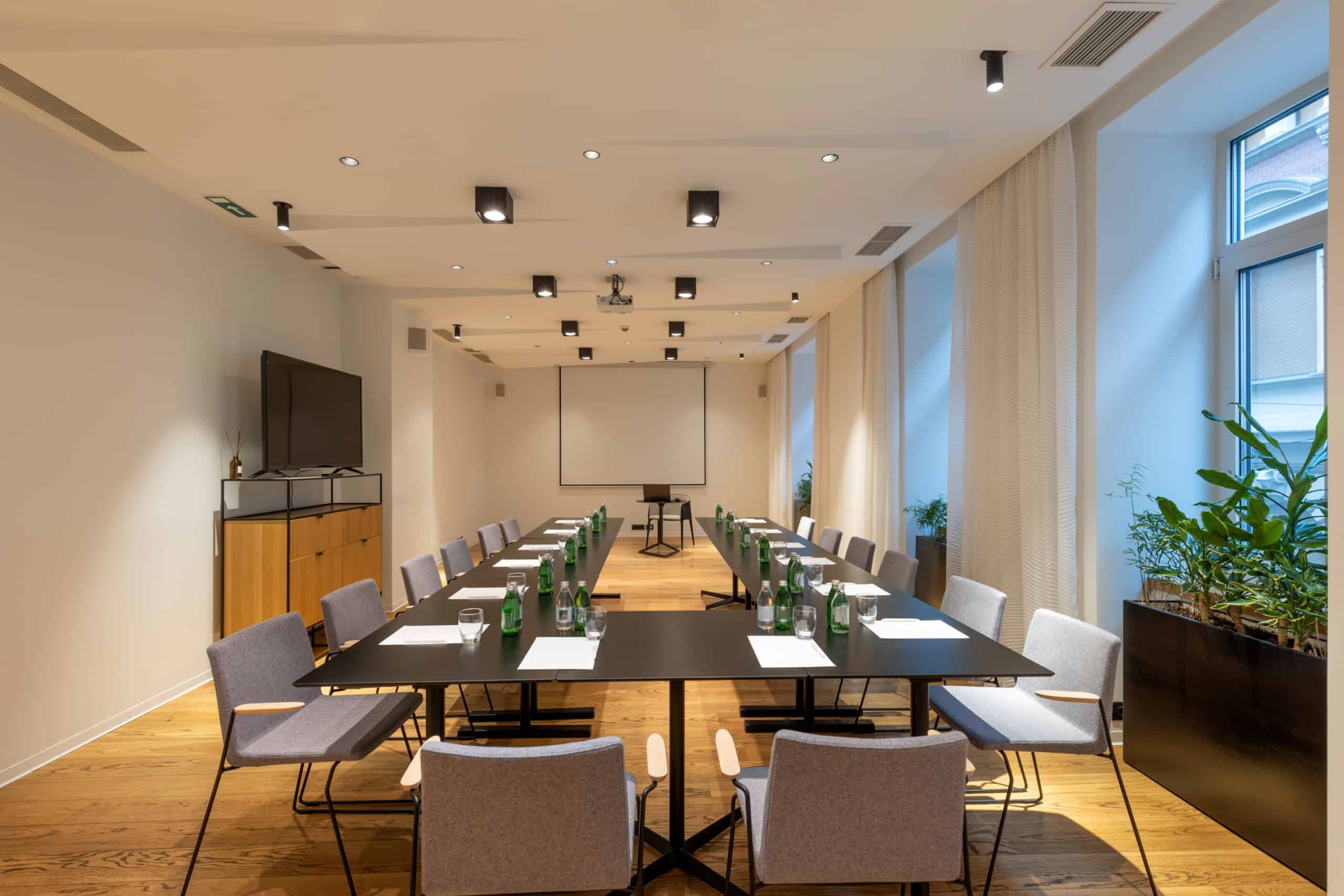
Square Layout
Similar to the U-shaped layout, a square layout simply closes the “U” into a full square, where the presenter is likely in the center. This layout encourages discussion and interaction, but it is not conducive to using a screen to present training material. The square layout is like having everyone sit around a large table, but it allows for a larger group with more available seating than a table would offer.

Boardroom or Roundtable Layout
Perfect for smaller groups and discussion-based training, the boardroom or roundtable layout has the group sitting around a single table. Like the square layout, in this layout smaller groups can gather when training is meant to be more collaborative. Screen use is typically easier with this layout than with a square layout because there are fewer participants with their backs to the screen.
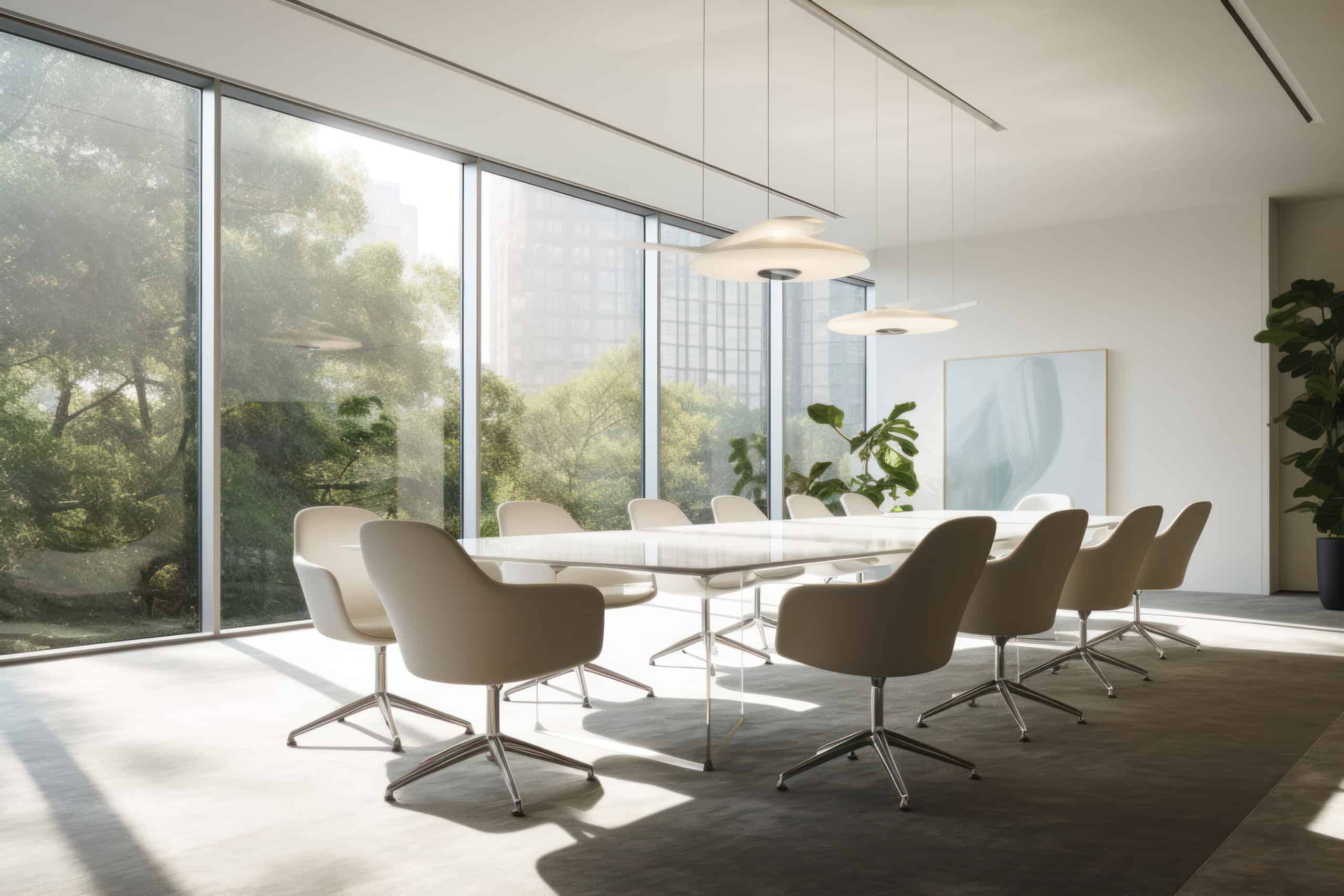
Theater-Style Layout
The theater-style layout is like the classroom layout, but for even larger groups. This layout can fit in more people per square foot by offering rows of seating, often without tables. In really large rooms designed theater-stye, there may even be an incline to improve the visibility of those seated further toward the back. Video-based training and lectures are common with this layout.
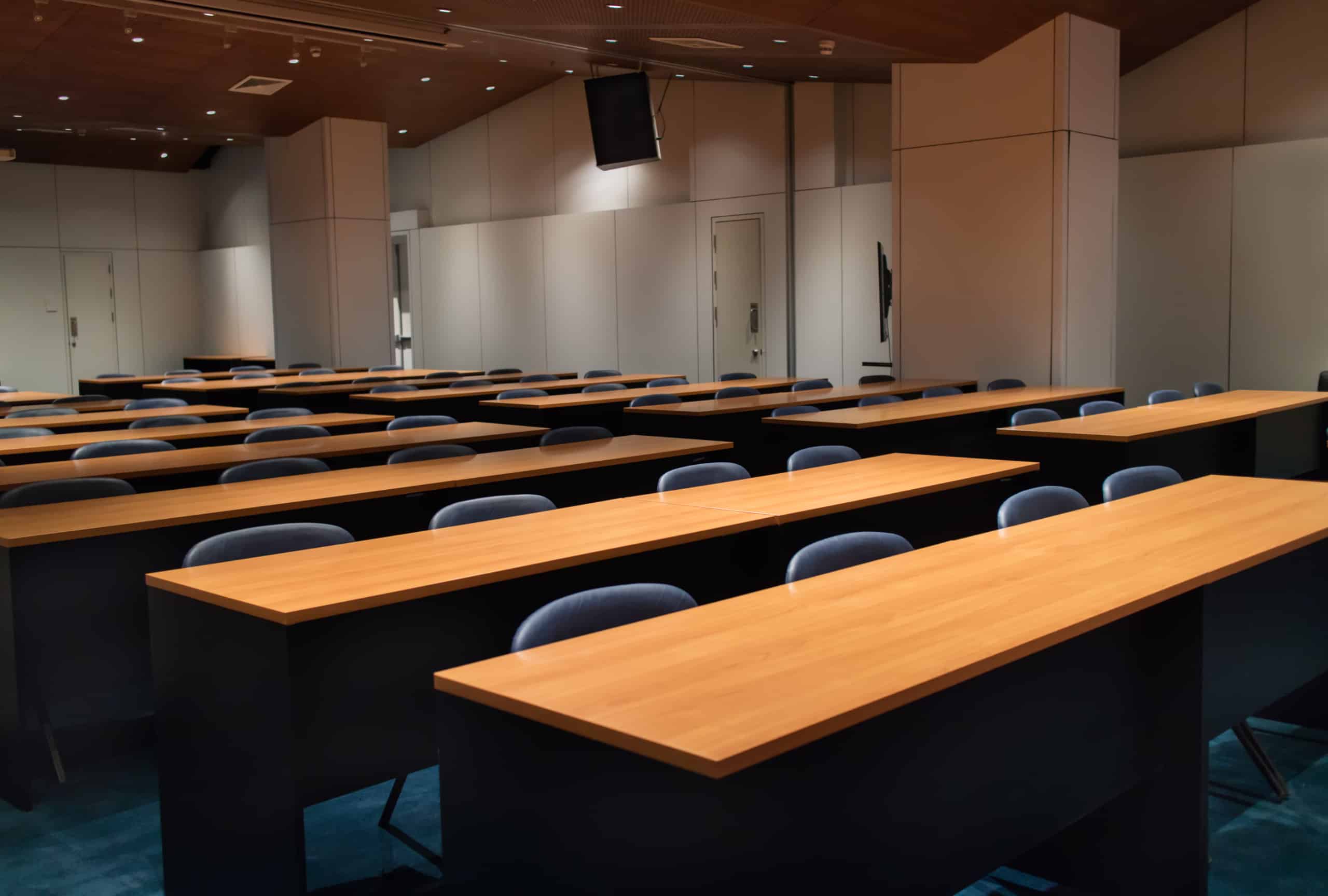
Layout Considerations
Understand Usage Needs
What is your office’s primary need for a training room? How the room will be used most often should certainly be weighed heavily in layout decisions. However, keep in mind that the layout can be flexible; the room can be designed to accommodate less frequent uses, too. For example, the most common use of the training room may be for HR to train new hires on the “101” of company culture, the company’s brand and products/services, and office rules. For these purposes, it might be best to have a U-shaped layout where the trainer can both present training materials on a screen and engage in discussion. However, if large company gatherings must also occur in the training room, a classroom layout may be more effective. The classroom layout can handle large gatherings but can also be rearranged to accommodate smaller HR training groups.
Design for Multiple Purposes
As the example above suggests, there is value in considering different use-cases. With hybrid-remote work schedules, fewer people are in the office each day, leading many businesses to downsize the office or sublet space. These circumstances make it more important than ever for every area in the office, and all of the office furniture, to be designed for flexibility and to serve multiple purposes. Consider other valuable uses for the training room, including meetings, team collaboration, or even space for employees to sit and get work done.
Technology
Training room layout decisions must consider technology factors. The room should have strong high-speed Wi-Fi to ensure that presenters can present multimedia. Make sure that the audio system will be powerful enough to allow everyone to hear clearly. Configure the screen(s) to be seen from every seat.
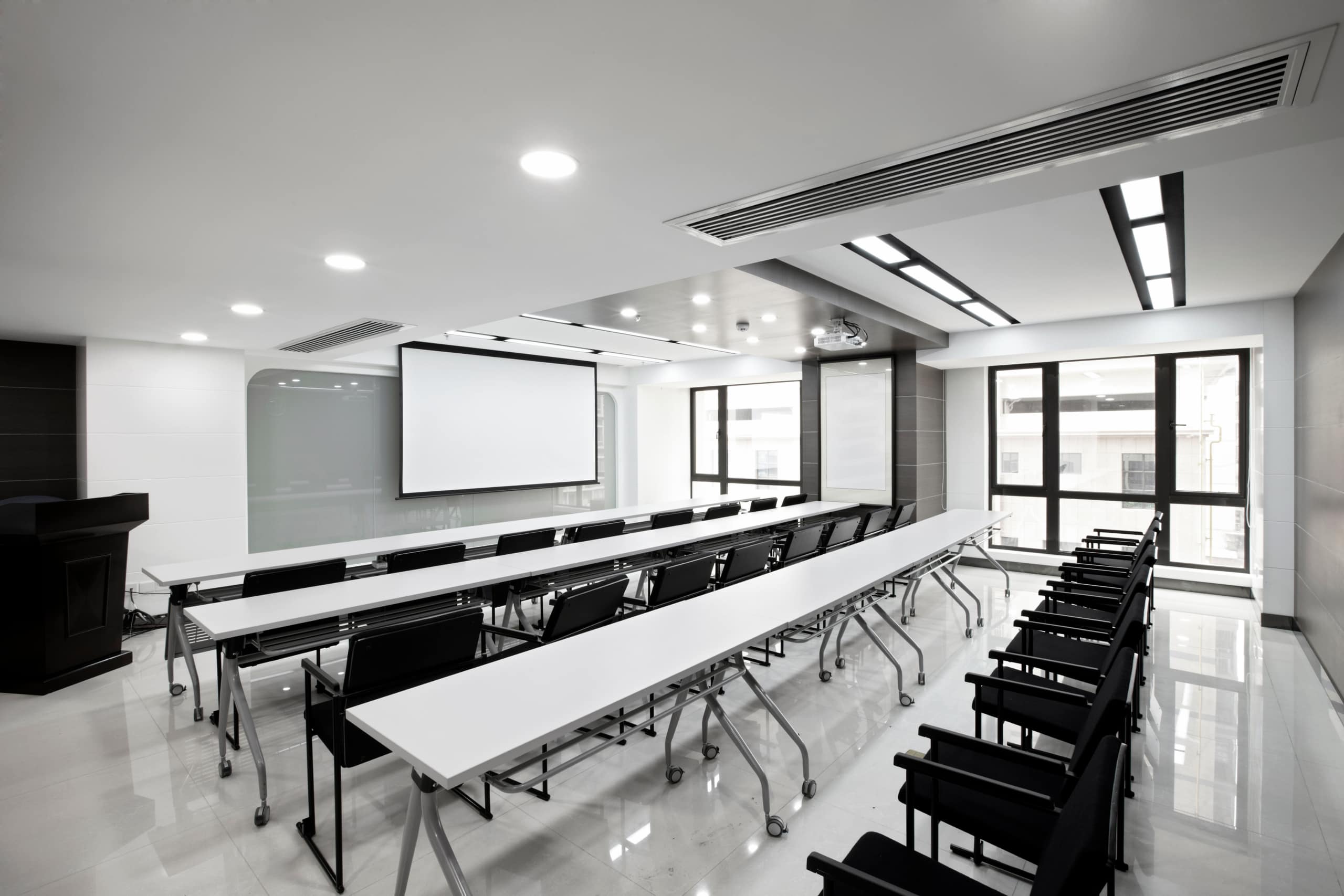
Training Room Tables
Training room tables are reconfigurable tables; they are usually on casters so that they are easy to move. These tables seat several people for a learning or presentation type of environment. While most training tables come only in a rectangular shape, it is possible to add a trapezoid or keystone to the configuration to create a wedge-like shape for presentations and rooms with a TV. Training room tables typically have legs that are shaped differently from standard, everyday table legs. Y-legs or spider legs keep tables stable when they are freestanding or being moved but the legs are unobtrusive when they are joined with another table. Training room tables are simple because of their specific use, but there are still several features to explore.
Training Room Table Accessories
Accessories can be added to training room tables. Some options include modesty panels for privacy, simple-to-use under-desk power management for daisy-linked power, and ganging brackets to join tables together in different configurations. While most offices choose to have casters on their training room tables, they are not necessary if there is no plan to move the tables.
Flip-Top Training Room Table
Since many training rooms are multi-purpose, offices often need to be able to flip up the tabletops to make relocation easier (casters also make relocation simpler). There are many flip-top tables that are also nesting tables: the tables fit into each other snugly, accommodating small storage spaces or making it easier to push the tables to the side without taking up a lot of room. Flip-top and nesting tables are great space-saving design features.
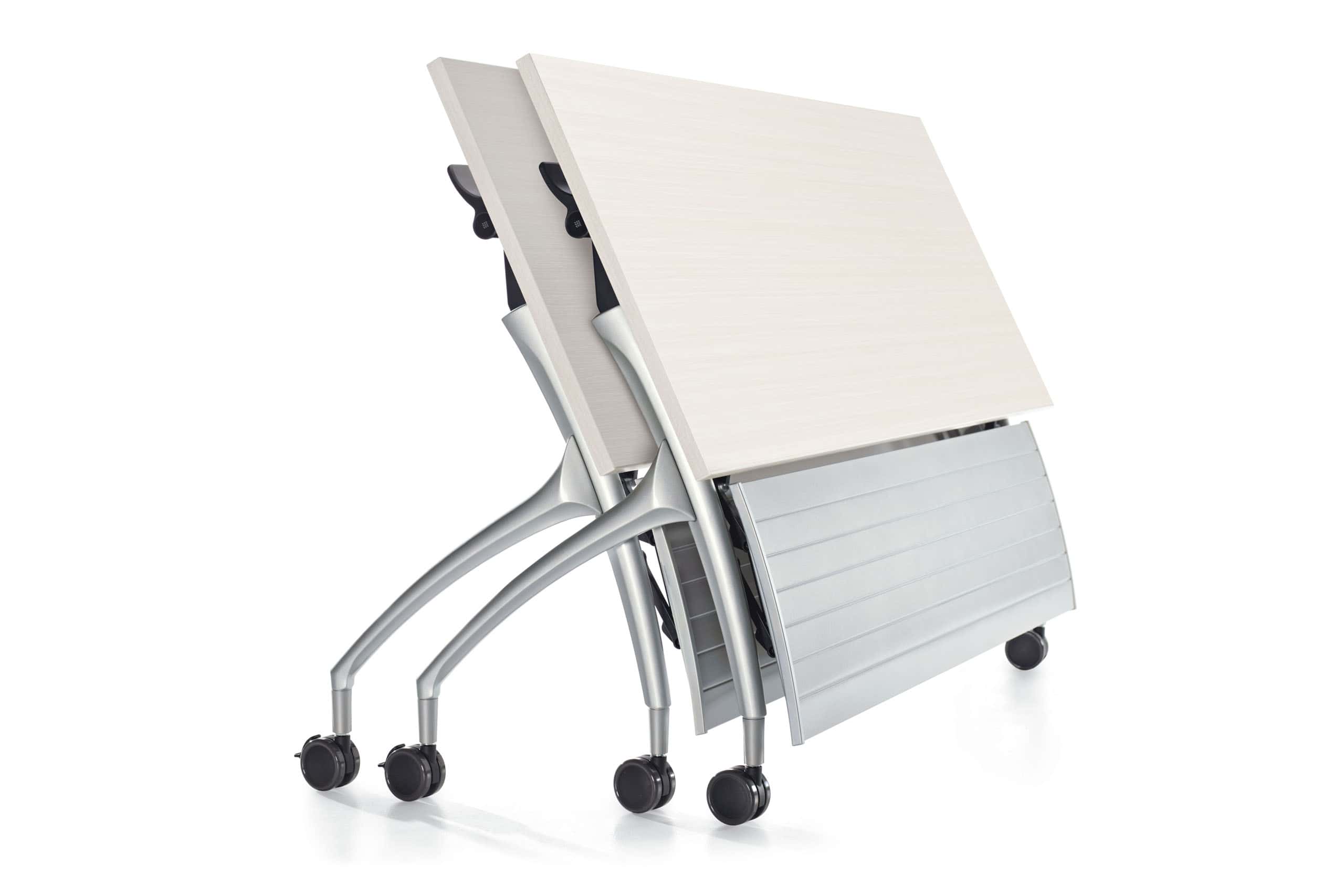
Training Room Table with Power
Because training can often require the use of laptops or other technological devices, power options can be added into tables. Adding receptacles and USB, data ports, HDMI ports, etc. provides power for each individual at the table. It also makes it possible for people to share learning material with colleagues via a laptop, something that is not possible when people must share one central power source within the room.

Training Room Chairs and Seating
The style of training room chairs can vary considerably based on the layout of the tables in the room. Generally, seating used in a training room is not all that different from typical office chairs, aka “task chairs.” Training rooms might aim for more comfort, including cushier seating, such as reception-style chairs, for example, especially if the rooms often host guests or clients.
